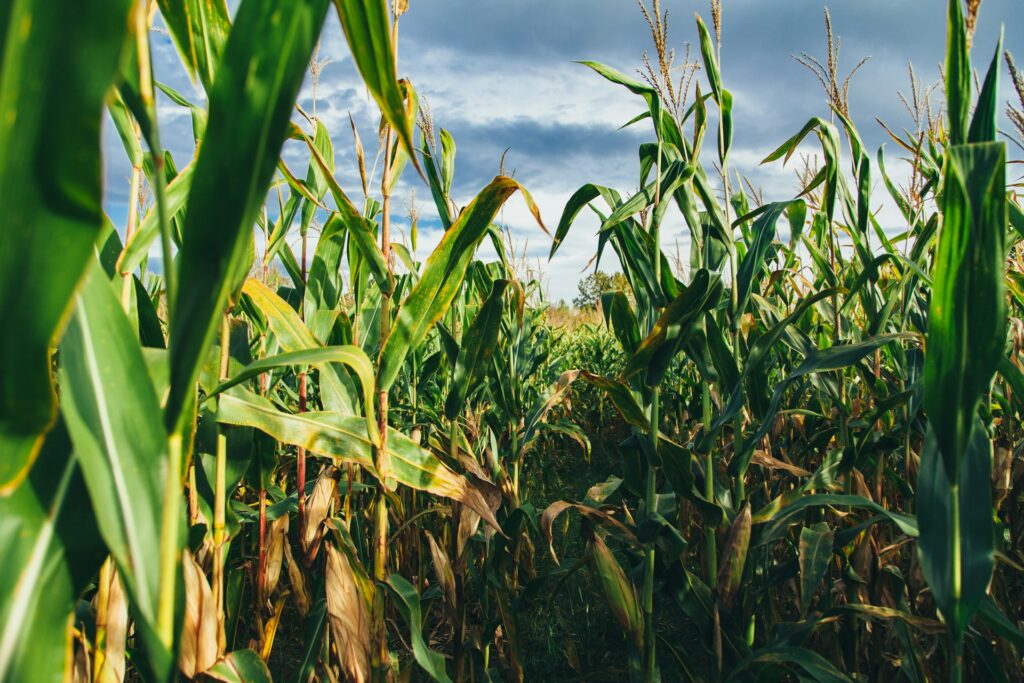
As autumn descends upon us, there’s a sense of anticipation in the air – the promise of pumpkin spice, cozy sweaters, and, of course, the quintessential corn maze. These elaborate labyrinths have become a staple of fall festivities, drawing visitors from far and wide to get lost in their winding paths and towering stalks. But have you ever wondered what goes into creating these intricate marvels? Join us as we unravel the artistry behind the making of a corn maze, from conception to completion. And while you’re enjoying the seasonal fun, don’t let pesky pests ruin the experience – ensure a pest-free adventure with the help of Tampa Pest Control, safeguarding the maze’s integrity and your enjoyment. Tampa Pest Control prides itself on being a family-friendly business, dedicated to providing safe and effective solutions for pest management, ensuring a comfortable environment for families to enjoy their homes and outdoor spaces.
1. Vision and Planning
Like any creative endeavor, the journey of making a corn maze begins with a vision. Whether it’s inspired by a theme, a story, or simply a desire to create something extraordinary, the process starts with an idea. Maze designers, often working in collaboration with farmers or event organizers, brainstorm concepts and themes that will capture the imagination of maze-goers.
Once the vision is established, meticulous planning ensues. Designers map out the layout of the maze, considering factors such as size, shape, and complexity. Will it be a traditional labyrinth with twisting pathways and dead ends, or a more whimsical design featuring shapes and symbols? Every detail is carefully considered to ensure an optimal experience for visitors.
2. Site Selection and Preparation
With the design in hand, the next step is to select a suitable location for the maze. Farmers’ fields are often chosen for their expansive size and flat terrain, providing ample space for the maze to take shape. Factors such as soil quality, drainage, and accessibility are also taken into account during the site selection process.
Once the site is chosen, preparations begin in earnest. The field is cleared of debris, rocks, and other obstacles that could impede the growth of the corn. Soil is tilled and amended as needed to create the ideal growing conditions for the corn crop that will form the walls of the maze.
3. Planting the Corn
With the field prepared, it’s time to plant the corn. This step typically takes place in the spring, allowing the corn to reach maturity by the time the maze opens to the public in the fall. Farmers carefully sow the corn seeds in rows, spacing them according to the specifications of the maze design.
As the corn begins to sprout and grow, it’s a race against time to ensure that it reaches the desired height by opening day. Regular watering, fertilizing, and monitoring are essential to promote healthy growth and development. Farmers may also employ techniques such as pruning or thinning to maintain uniformity and density within the maze.
4. Shaping the Maze
As the corn reaches its full height, the maze begins to take shape. Using the design as a guide, farmers carefully carve pathways through the corn, creating the intricate patterns and layouts that will challenge and delight visitors. This process requires precision and attention to detail, as even the slightest deviation can alter the course of the maze.
Depending on the complexity of the design, additional features such as dead ends, loops, and hidden passages may be incorporated to enhance the maze experience. Some mazes even feature interactive elements such as trivia questions, scavenger hunts, or checkpoints that add an extra layer of challenge and excitement.
5. Maintenance and Upkeep
Once the maze is open to the public, the work is far from over. Farmers must maintain the maze throughout the season, ensuring that pathways remain clear and accessible to visitors. This includes regular mowing or trimming of the corn, as well as monitoring for any signs of damage or deterioration.
In addition to maze maintenance, farmers may also offer a variety of supplementary activities and attractions to enhance the visitor experience. From pumpkin patches to hayrides, these extra offerings add value and entertainment to the maze experience, ensuring that visitors return year after year.
6. Closing and Harvesting
As the season draws to a close and the last visitors depart, it’s time to bid farewell to the corn maze for another year. Farmers carefully harvest the remaining corn, salvaging what they can for livestock feed or other agricultural purposes. The maze itself is dismantled, returning the field to its original state in preparation for the next growing season.
In conclusion, the making of a corn maze is a labor-intensive process that requires equal parts creativity, skill, and patience. From vision and planning to planting and shaping, every step of the journey is a testament to the artistry and dedication of the farmers and designers who bring these enchanting labyrinths to life. So the next time you find yourself wandering through the twists and turns of a corn maze, take a moment to appreciate the craftsmanship and ingenuity that went into its creation – it’s truly a masterpiece of autumnal artistry.


